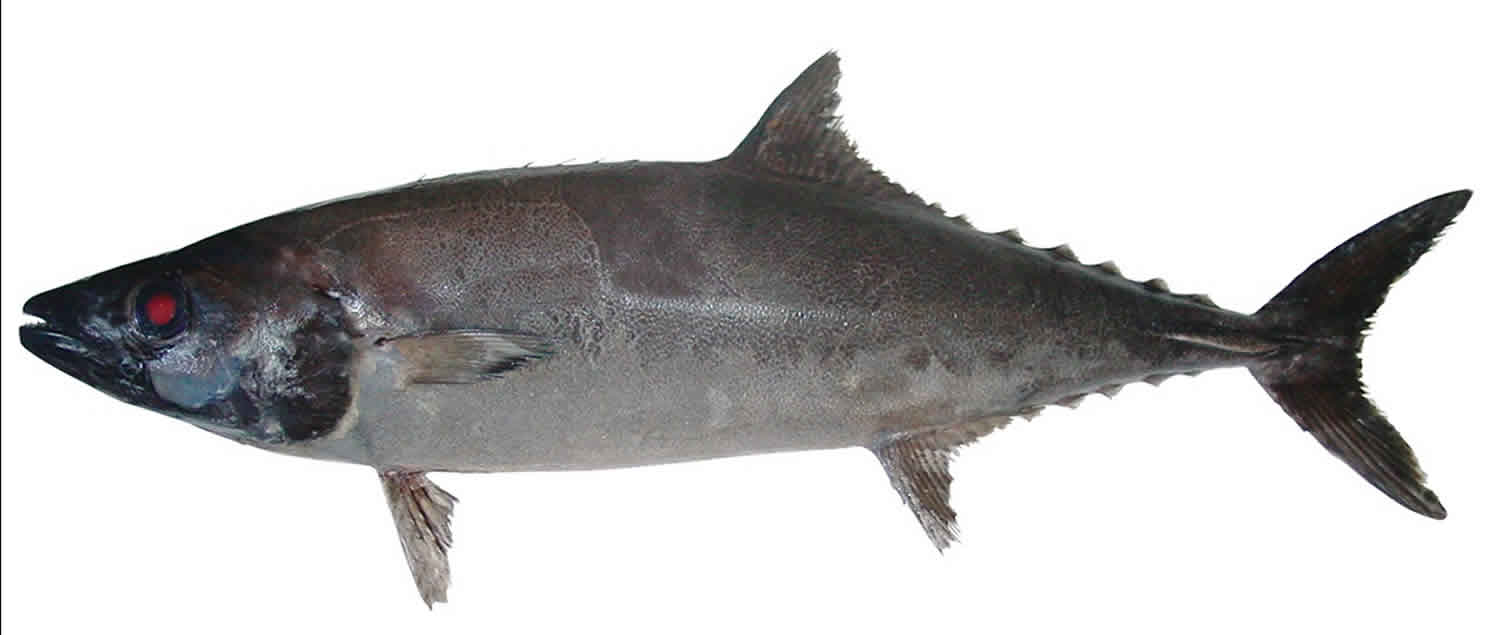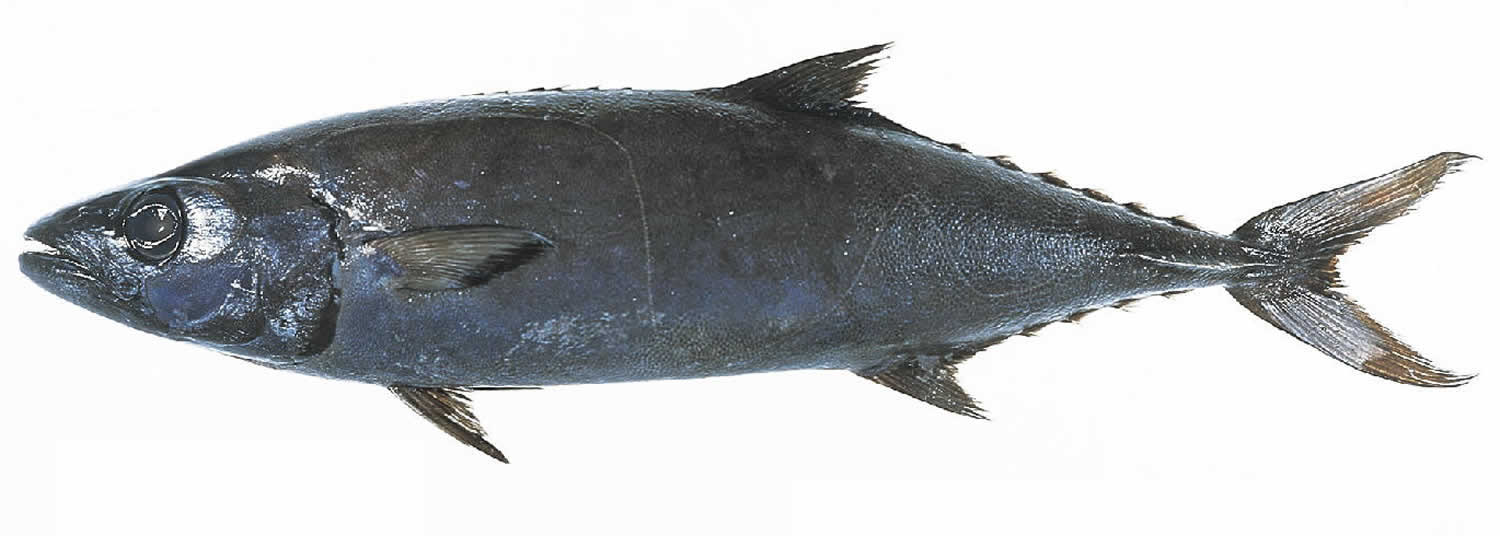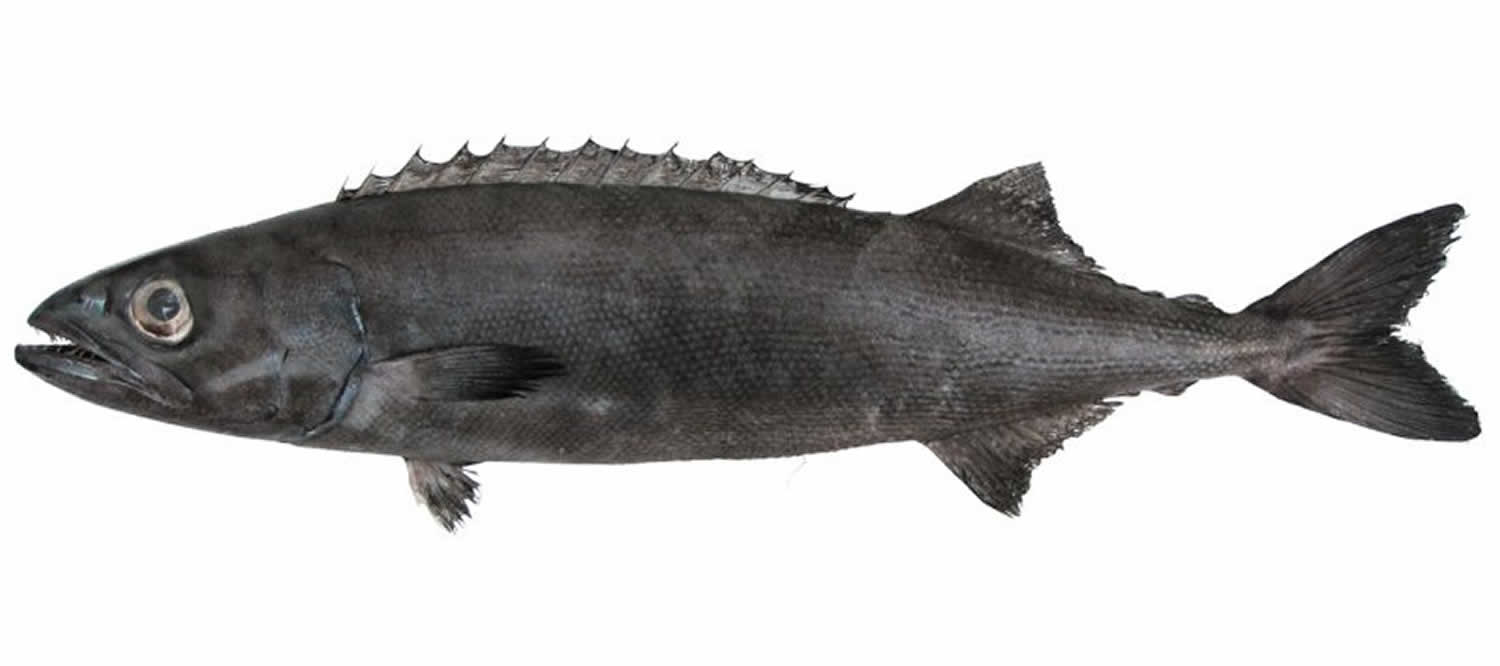Keriorrhea
Keriorrhea is variously described as “oily diarrhea”, “oily orange diarrhea”, “orange oily leakage” or greasy orange-colored diarrhea from the consumption of indigestible wax esters found in many deep-sea fishes and escolar. Keriorrhea usually occurs after eating wax ester rich fish belonging to the Gempylidae family (Lepidocybium flavobrunneum a marine fish of the snake mackerel family, is sometimes sold under the category of ‘butterfish’ and Ruvettus pretiosus), also known as escolars and incorrectly classified as butterfish 1, especially Japanese cuisine 2. Rapid detection of the two fishes is imperative to ensure proper labeling and safeguarding of the public before and after any keriorrhea outbreak 3. In Japan, the Ministry of Health prohibits the sale of the two species of escolar 4. Escolar and oilfish are banned from import and sale in Italy, Japan, and South Korea 5. In its 1998 hazard guide, the United States of America Federal Drug Administration (FDA) recommended that Lepidocybium flavobrunneum (snake mackerel) not to be marketed in interstate commerce 6.
Many deep-sea fishes store large amounts of wax esters in their body for buoyancy control. Some of them are frequently caught as by-catch of tuna and other fishes. The most noteworthy ones include escolar and oilfish. The accumulation of the indigestible wax esters in the rectum through consumption of these fish causes discharges or leakage per rectum as orange or brownish green oil, but without noticeable loss of water 7. This physiological response is called keriorrhea. Outbreaks of keriorrhea have been repeatedly reported across continents.
Keriorrhea is a self-limiting, benign condition and no treatment in required 8.
Figure 1. Escolar (Lepidocybium flavobrunneum or snake mackerel), a deep-sea fish of the tropical and temperate oceans
Figure 2. Oilfish (Ruvettus pretiosus)
Keriorrhea causes
Keriorrhea is caused by the consumption of large portions of wax ester rich fish belonging to the Gempylidae family (Lepidocybium flavobrunneum a marine fish of the snake mackerel family, is sometimes sold under the category of ‘butterfish’ and Ruvettus pretiosus), also known as escolars and incorrectly classified as butterfish 1. Almost 23% of their weight is made of indigestible and non-absorbable wax esters or gempylotoxins (there is no specific lipase). The gempylotoxin consists of wax esters (C32, C34, C36 and C38 fatty acid esters), the primary component of which is C34H66O2 9; these constitute a substantive portion of the lipid present in these fish (14–25% by weight). Escolar oil contains >90% wax esters 10. Ingestion of fish containing wax esters in large amounts, coupled with their indigestibility and low melting point, results in diarrhea 11. No tolerances have been established, and the FDA recommends avoidance of these fish 12.
Once inside the colon, the non-absorbable wax esters or gempylotoxins produce an osmotic laxative action and false diarrhea, with or without incontinence 13. These oils, which cannot be absorbed or digested, accumulate in the rectum and may also filter spontaneously and induce toxin-related sphincter dysfunction.
The histidine originated from an incorrectly preserved fish which is transformed by the intestinal microbiota into histamine 14. Thus, this manifestation is sometimes accompanied by histamine toxicity symptoms, such as a headache, rash, abdominal pain or sweating.
Keriorrhea symptoms
Keriorrhea is described as “oily diarrhea”, “oily orange diarrhea”, “orange oily leakage” or greasy orange-colored diarrhea from the consumption of indigestible wax esters found in many deep-sea fishes and escolar. Additional symptoms including nausea, vomiting, abdominal cramps, and diarrhea 15. They are probably due to anxiety or panic when suffering from keriorrhea.
Keriorrhea diagnosis
Keriorrhea is diagnosed based on clinical history and symptoms. No diagnostic tests are necessary.
Keriorrhea treatment
Keriorrhea is a self-limiting, benign condition and no treatment in required 8.
References- Berman P, Harley EH, Spark AA. Keriorrhoea–the passage of oil per rectum–after ingestion of marine wax esters. S Afr Med J. 1981;59(22):791-792.
- Robles I, Vásquez JM, Loehnert R, et al. Escurrimiento oleoso anaranjado o “keriorrea”, (“orange oily anal leakage”): una nueva enfermedad ligada a cambios de hábito alimentario [Orange oily anal leakage: a new entity linked to dietary changes]. Gastroenterol Hepatol. 2012;35(2):74-77. doi:10.1016/j.gastrohep.2011.11.009
- Ling KH, Cheung CW, Cheng SW, et al. Rapid detection of oilfish and escolar in fish steaks: A tool to prevent keriorrhea episodes. Food Chem. 2008;110(2):538-546. doi:10.1016/j.foodchem.2008.02.066
- Kawai N, Nakayama Y, Matsuka S, Mori T. Lipid composition of various tissues of Lepidocybium flavobrunneum. Yukagaku(Japan Oil Chemists’ Society); 1985;34:25-31.
- Ling KH, Nichols PD, But PP. Fish-induced keriorrhea. Adv Food Nutr Res. 2009;57:1-52. doi:10.1016/S1043-4526(09)57001-5
- CHAPTER 3: POTENTIAL SPECIES-RELATED AND PROCESS-RELATED HAZARDS. https://www.fda.gov/media/80748/download
- Ling KH, Nichols PD, But PP. Fish-induced keriorrhea. Adv Food Nutr Res. 2009;57:1-52. https://doi.org/10.1016/S1043-4526(09)57001-5
- Aguirre, M.E.. (2012). Keriorrhea; two cases report. Pediatria de Atencion Primaria. 14. 49-52.
- Ukishima Y., Masui T., Masubara S., Goto R., Okada S., Tsuji K., Kosuge T. Wax components of escolar (Lepidocybium flavobrunneum) and its application to base of medicine and cosmetics. Yakugaku Zasshi. 1987;107:883–890.
- Nicholas P.D., Mooney B.D., Elliott N.G. Unusually high levels of non-saponifiable lipids in the fishes escolar and rudderfish identification by gas and thin-layer chromatography. J. Chromatogr. A. 2001;936:183–191.
- Berman P., Harley E.H., Spark A.A. Keriorrhoea—the passage of oil per rectum—after ingestion of marine wax esters. S. Afr. Med. J. 1981;59:791–792.
- United States Food and Drug Administration (FDA) BBB-Gemphylotoxin. Bad Bug Book. Foodborne Pathogenic Microorganisms and Natural Toxins Handbook. May 20, 2010. https://www.fda.gov/media/83271/download
- Robles I, Vásquez JM,Loehnert R, et al. Orange oily anal leakage: a new entity linked to dietary changes. Gastroenterol Hepatol 2012; 35:74-7. DOI:10.1016/j.gastrohep.2011.11.009
- Fariñas Cabrero MA, Berbel Hernández C, Allué Tango M, et al. Brote epidémico por consumo de pez mantequilla: keriorrea e intoxicación histamínica. Rev Esp Salud Pública 2015; 89:99-105. DOI:10.4321/S1135-57272015000100011
- Yohannes K, Dalton CB, Halliday L, Unicomb LE, Kirk M. An outbreak of gastrointestinal illness associated with the consumption of escolar fish. Commun Dis Intell Q Rep. 2002;26(3):441-445.







